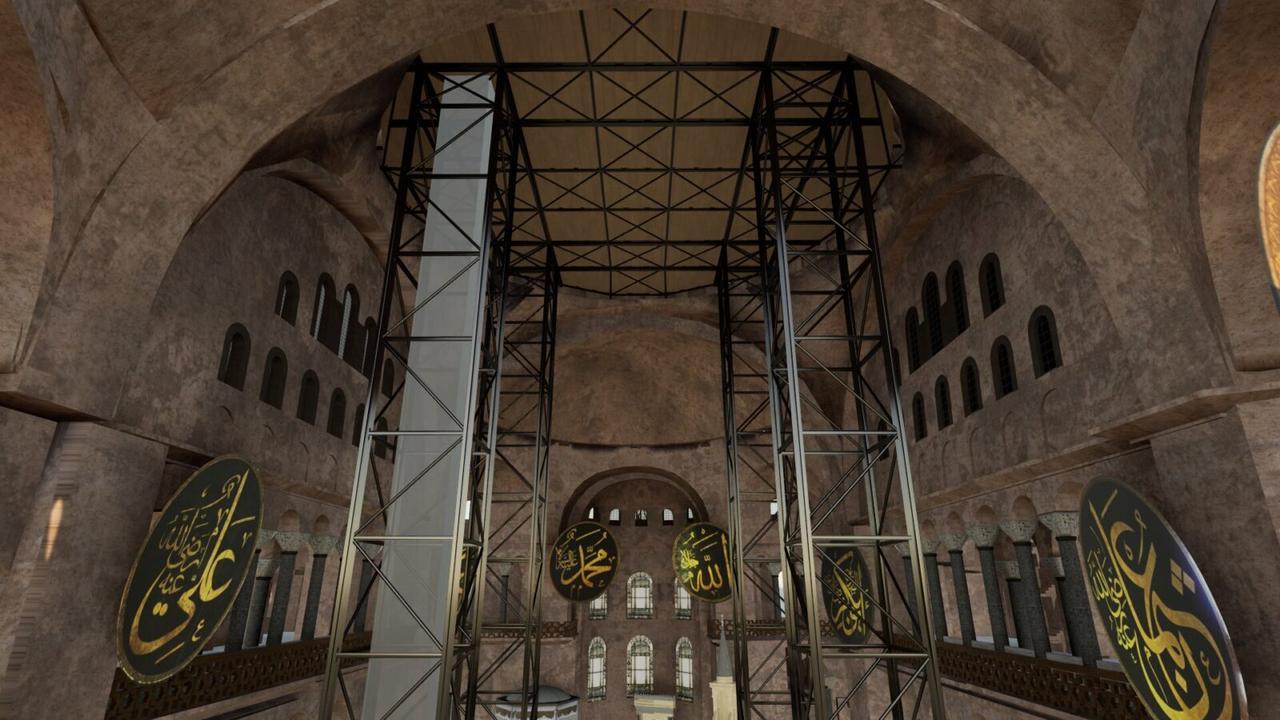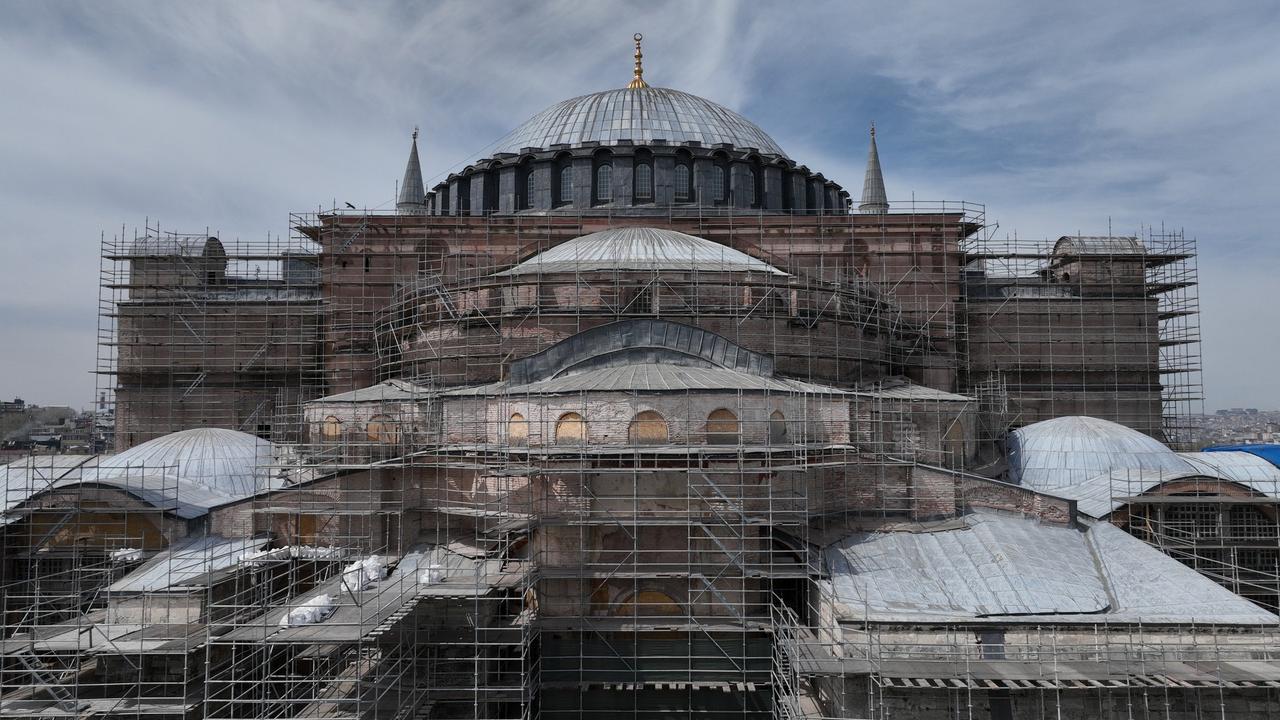
As concerns mount over Istanbul’s vulnerability to major earthquakes, Türkiye has launched its most ambitious restoration effort in decades to safeguard Hagia Sophia Grand Mosque, the city’s most iconic structure. With nearly 1,500 years of history behind it, the ancient building now stands at the center of a careful preservation project aimed at strengthening its resilience without compromising its historic character.
Despite surviving numerous powerful earthquakes over the centuries, experts have recently identified structural vulnerabilities in Hagia Sophia, particularly in the arches that support its massive central dome. The restoration is being led by a scientific committee, which includes architect Hasan Firat Diker, who likens the building to a patient whose condition demands increasingly delicate care.
Originally built in the sixth century as a Byzantine cathedral, Hagia Sophia has undergone several transformations—into a mosque during the Ottoman period, a museum in the 20th century, and most recently back into a mosque in 2020. The structure’s central dome, a groundbreaking feat of engineering when first constructed atop pendentives, collapsed in 558 and was partially rebuilt after damage in 989 and again in 1346.
Although the dome has remained intact since then, past reconstruction efforts led to the creation of four asymmetrical arches that, according to Diker, are thinner than optimal and have made the dome more fragile.
A particular structural threat has come into sharper focus: the potential for “hammering” during an earthquake—a condition where closely spaced structural components, such as the dome and its supporting semi-domes, sway and strike each other. This phenomenon could destabilize rather than reinforce the main dome, a risk the engineering team is now working to minimize by strengthening the dome’s connection points.
Diker explained that earlier restoration approaches often avoided fully surrounding the building with scaffolding to maintain the visual experience for visitors. In contrast, the current project is adopting a more comprehensive method, including restoration of the dome, minarets, and underground areas.
Although rebuilding the structure entirely is out of the question, Diker said the team is focused on interventions that match the building’s current condition and aim to extend its lifespan. “Even though Hagia Sophia has structural weaknesses, we’re not in a position to rebuild it from scratch,” he noted. “Instead, our goal is to intervene using the most appropriate methods for its current state.”

Earthquake risk assessments and disaster simulations play a central role in the ongoing restoration. Diker emphasized that such models are not new, but technological improvements since the devastating 1999 earthquake in northwestern Türkiye have allowed engineers to simulate more realistic disaster scenarios.
The project remains firmly committed to preserving the integrity of the site. “We want to protect it, but we don’t want to alienate it,” Diker said, referring to the challenge of balancing structural reinforcement with historical authenticity.
The restoration of Hagia Sophia is taking place against a broader backdrop of concern over Istanbul’s cultural assets in the face of seismic threats. Ilknur Turkoglu, a cultural heritage expert and assistant professor at Istanbul Gelisim University, pointed out that although the city itself does not sit directly on a major fault line, the surrounding region is highly active. Historic earthquakes, such as the 1999 Golcuk and Duzce disasters, have already demonstrated the city’s exposure to serious damage.
Turkoglu underscored the need for a comprehensive inventory of cultural heritage assets across Istanbul, many of which remain undocumented or poorly assessed for earthquake resilience. “Knowing exactly what we have is the first step,” she said.
She also called attention to the vulnerability of museums housed in historic buildings, which she said require immediate plans for earthquake preparedness. This includes regular emergency drills, securing display cases, and ensuring that safety systems such as automatic gas and electricity shutoffs are in place.
While preserving walls is essential, Turkoglu noted that unanchored objects inside can still cause serious injuries or damage during a quake. The aftermath of both the 1999 and February 2023 earthquakes, she added, showed the risks of not having thorough protection or relocation plans for valuable cultural artifacts.